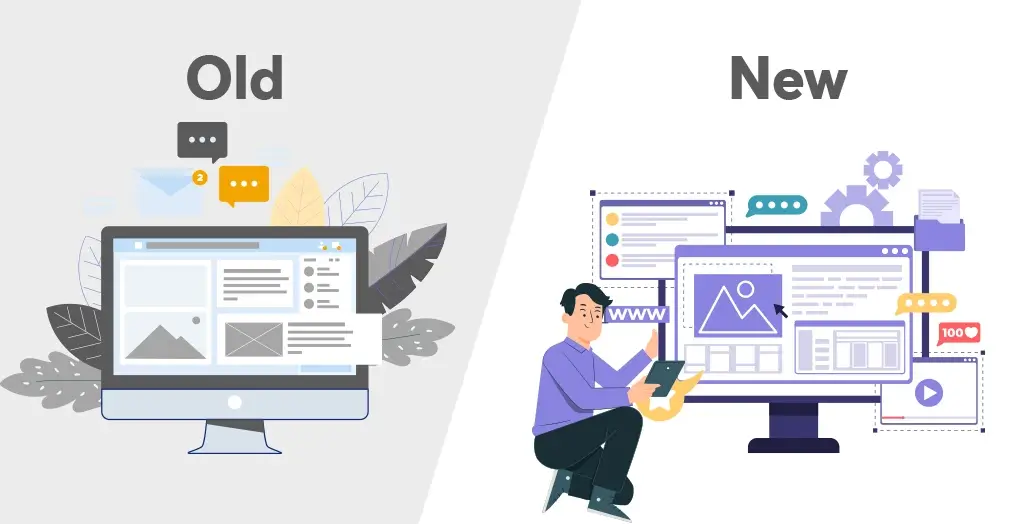In the digital age, websites are the shop windows of our businesses, the first impression we make on potential customers, and the engines driving our online success. It’s no surprise then, that when a website starts feeling outdated or clunky, a website redesign becomes a crucial step in achieving our goals. But how do we know if a redesign is truly successful? What metrics demonstrate its impact beyond a shiny new coat of paint? This article delves into three diverse case studies, showcasing how successful website redesigns can unlock transformative results.
1. Birchbox: The beauty subscription box giant revamped its website in 2022, focusing on personalization and user experience. They implemented features like a revamped quiz for personalized recommendations, improved product pages with rich visuals, and a streamlined checkout process. The results? A 25% increase in conversion rates, a 10% boost in average order value, and a significant decrease in bounce rate.
2. Moz: The SEO software provider Moz underwent a website redesign in 2023, prioritizing content accessibility and user education. They focused on creating clear and concise tutorials, implementing interactive elements like quizzes and polls, and simplifying navigation for easier access to key resources. The outcome? A 30% increase in organic traffic, a 15% rise in time spent on site, and a significant improvement in user engagement with educational content.
3. Casper: The popular sleep mattress brand Casper redesigned its website in 2021, aiming to create a more immersive and emotional connection with potential customers. They incorporated high-quality video content showcasing product benefits, personalized product recommendations based on sleep preferences, and a focus on storytelling through customer testimonials. The results? A 20% increase in conversion rates, a 12% rise in average order value, and a significant increase in brand loyalty and positive sentiment.

4. The New York Times: The iconic newspaper underwent a major website redesign in 2020, focusing on mobile-first optimization, immersive storytelling, and personalized content experiences. They implemented a responsive design for seamless reading across devices, created interactive long-form articles with multimedia elements, and introduced personalized content recommendations based on user interests. The impact? A 30% increase in mobile readership, a 15% rise in time spent on site, and a significant growth in digital subscriptions.
5. Grammarly: The popular writing assistant platform Grammarly revamped its website in 2022, aiming to showcase its advanced features and appeal to a wider audience. They created a clean and intuitive design, highlighted product benefits through interactive demos, and provided targeted content for different user segments like students, professionals, and businesses. The results? A 25% increase in sign-ups, a 10% rise in paid subscriptions, and a broader brand awareness among different user demographics.
These are just a few examples of the transformative power of successful website redesigns. Each case study highlights the importance of understanding user needs, implementing strategic changes based on data, and measuring the impact on key metrics. By drawing inspiration from these examples, you can leverage a website redesign to unlock significant growth and success for your own business.
Remember, the key is to tailor your redesign to your specific goals, target audience, and industry. Don’t hesitate to research additional case studies and consult with web design professionals like Rescriptai agency to create a website that truly reflects your brand and drives meaningful results.





Leave a Reply